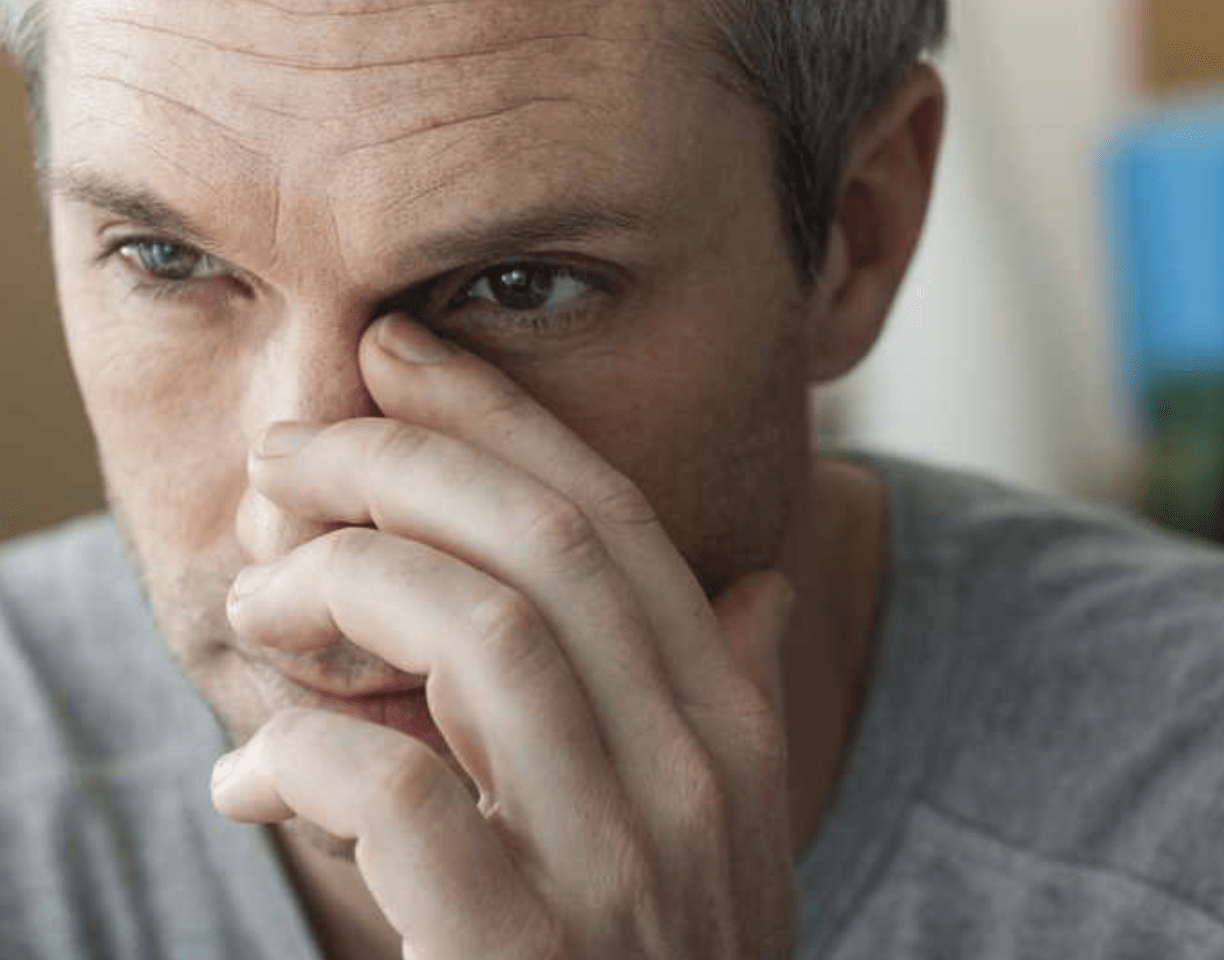Septoplasty or a deviated septum is more than just correction of a deviated septum. It can also help with some health problems.
A deviated septum, whether congenital, caused by trauma, or the result of previous rhinoplasty, can lead to a variety of health problems, including nasal congestion, allergy problems, epistaxis (nosebleeds), and obstructive sleep apnea.
A number of things can cause nasal congestion, including a deviated septum. If you have nasal congestion, your ENT doctor will do a thorough examination to determine what is blocking your nasal airways and how to treat it.
Septoplasty does not always require clearing the nasal airway. For example, if your doctor suspects allergic swelling to be the cause, he or she may start your treatment by ordering an allergy test. If allergies are found to be the cause of the problem, your doctor may prescribe antihistamines or nasal steroid sprays, which shrink nasal tissue and open up the airways.
Other patients may require turbinate reduction surgery or functional endoscopic sinus surgery (FESS) to drain the sinuses. Some also require functional rhinoplasty, which may include dilator grafts, when there is internal valve narrowing.
Surgery to repair a deflected diaphragm takes one to two hours and is performed under general anesthesia.
If you have been diagnosed with a deviated septum, it may be appropriate to have only septal work done rarely and in most cases a septal rhinoplasty is required because while the septum is not the visible part of the nose, it is Really supports the nose for long lasting results
You need to treat both the septum and the nose.
Dr. Shahram uses advanced techniques and tools that allow him to make minimal changes for better results and shorter recovery times.
During septoplasty, Dr. Shahram covers the mucosa of the septum. Straightening the diaphragm removes cartilage and bone that block airflow. Sometimes it is necessary to clamp the remaining diaphragm with a piece of cartilage or bone to achieve straightening. Next, Dr. Shahram restores the membrane to its original position and seals any wound with sutures. Rarely, he can wear an internal splint, which is removed after a few days. Septoplasty patients usually stay overnight in the hospital.
When executed alone, i. H. Not combined with rhinoplasty or other procedures, septoplasty usually does not cause excessive swelling and bruising. However, congestion and mild nasal breathing disturbances are common in the weeks following surgery.

